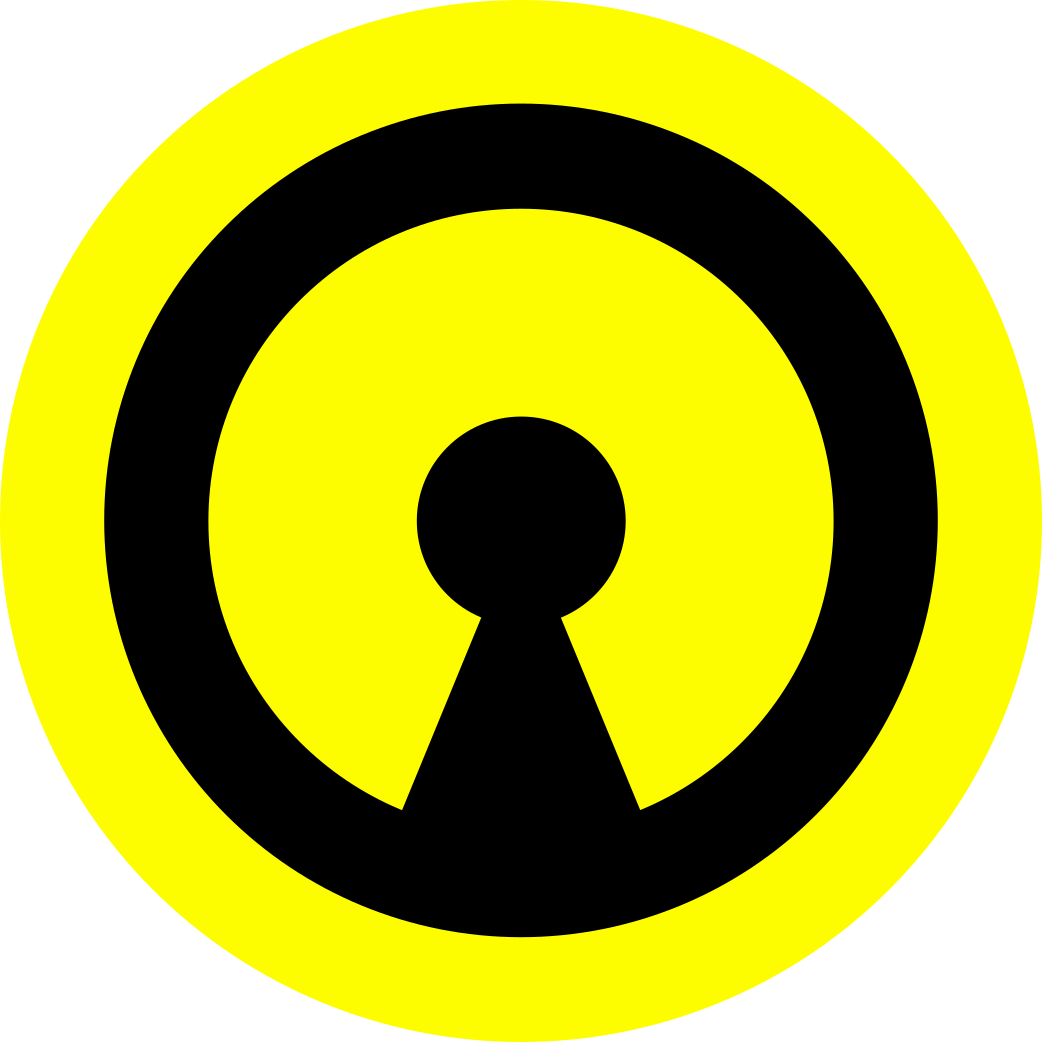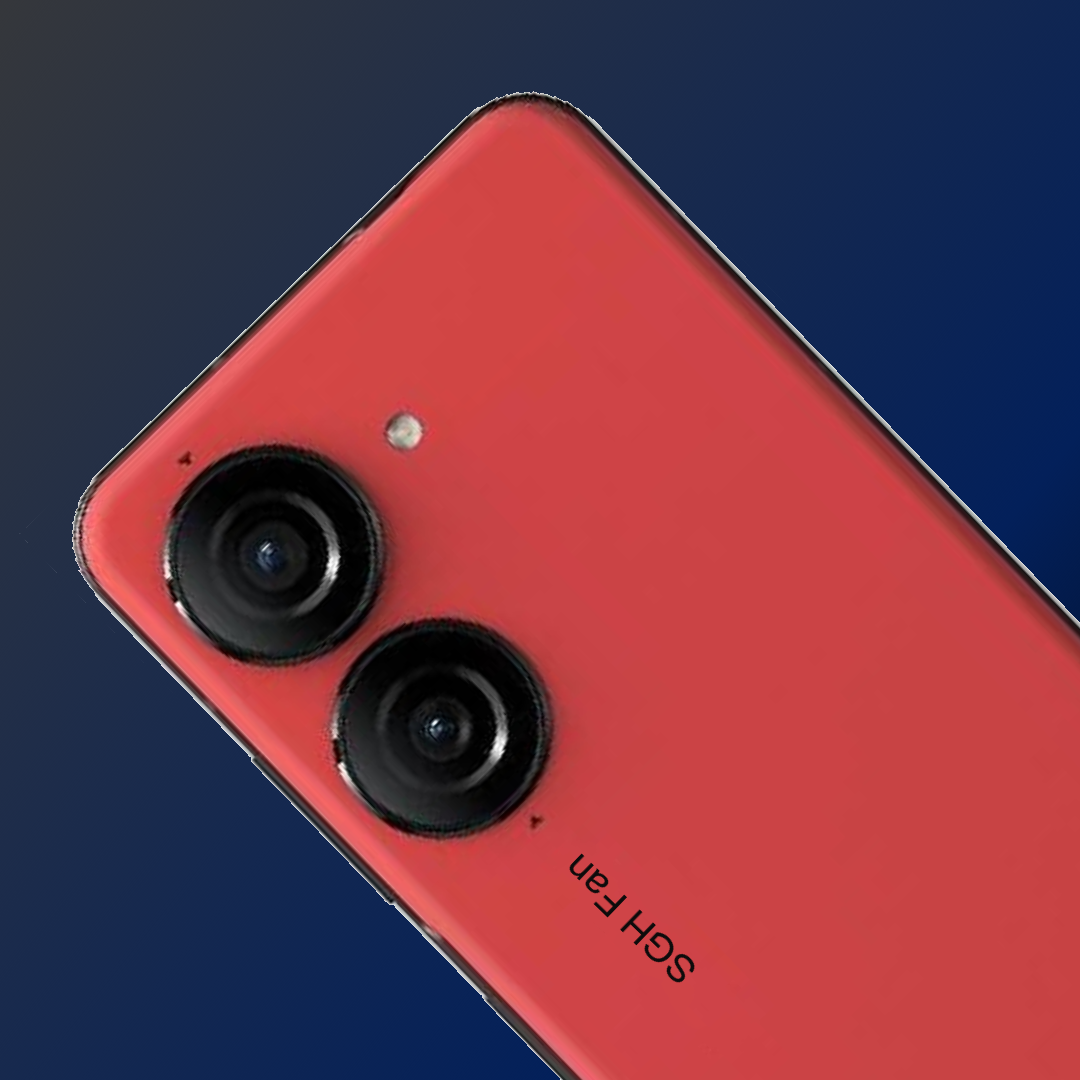Hello linix@lemmy, I got fixed on the idea of replacing my iPad with a 2in1 like the thibkpad X13 for uni since I use the keyboard with my iPad a lot. The only time I need to take handwritten notes is in chemistry, mathematics and to annotate PDFs. Does anyone here have experience with convertibles running Linux? What would be the best one for palm rejection and writing?
I was unable to find reviews on reasonably modern hardware. Until now I have my eyes set on an Thinkpad X13 since it is Ubuntu certified at least. Thanks :)
I’m using a Dell Inspiron 2in1 and from the linux side everything runs great. In the three years I have this laptop I tried multiple distros and all worked fine. Besides that the biggest problem was to find a program to make handwritten notes. I really recommend Rnote as it has matured very well over this year and is the only option if you need an infinite canvas to draw on.
I can’t recommend you the hardware tho as it is really aweful. The trackpad gets stuck sometimes and does not come back up with the keyboard showing the same symptoms now, the aluminum chassis gets greasy really fast and the hinges aren’t the best either. Also you must use the cheapest version of all Dell pens because the screen is only compatible with that one pen.
Don’t get a Lenovo yoga they kinda suck
Not sure about the ThinkPad yogas, only used a non -thinkpad one but I’m sure someone will chime in
From what I hear, ironically enough the surface pros are pretty good for Linux
I had a surface pro 4 with Linux for several years. The install process is a bit annoying since you need to get the custom surface kernel but other than that it worked great. I had a lot of issues with the hardware (unrelated to Linux), but I’ve heard that it has gotten better with the newer versions
I happen to own one of the Thinkpad Yogas.
Both are entirely different product lines. Unless something changed in recent years. I like mine. And I’ve seen the ones without the ThinkPad branding in a store. They’re cheap. But that’s about it.
Surface pros work, but they’re not ideal for linux. Expect struggle during the installation, and be aware some parts of the hardware won’t work.
You are right. On an university install event I installed fedora on a fairly recent model of it with secure boot and everything. As I have heard it works really well.
The thinkpad yogas (at least the models i worked with) work just fine with Linux (Except maybe the fingerprint reader but i never bothered to get it working).
When you need a software recommendation for handwriting/annotating then i strongly recommend xournal++. Imho the best there is and i prefer it over any windows application (onenote sucks balls). Have used it for 5-6 years now.
I have a 2-in-1 Lenovo Yoga 6 13" that I’ve installed Linux on. I’ve given up on the fingerprint reader working. The part manufacturer doesnt make drivers for Linux nor do they provide the necessary information for someone to make one themselves.
I use a thinkpad x1 yoga 4th gen with Ubuntu 23.10. Works great. Palm rejection has given me a couple problems, but only sometimes… I have not had time to troubleshoot yet though. I tried xournal++ first but was very unhappy, then tried the snap version of onenote which was much worse and landed on Rnote. Rnote is great!
I second a Thinkpad yoga. I’ve been using the x11 version for about a year now and it’s fantastic. My fingerprint reader also works (kubuntu 23.04/10)
are nice. Palm rejection for the touchscreen works fine on my Debian Linux, ThinkPad Yoga. I’m not sure if I configured it or it does that out-of-the-box. Keyboard and mouse seem to be deactivated by hardware once i fold it over.
If you’re a nerd you could also learn LaTeX to take notes. I know a few people who got crazy fast typing maths that way. I didn’t, took notes during a lecture with a pen and did quite some of my assignments with LaTeX.
Thanks for the comment, I use latex already for my reading notes but I’m too slow for the lectures. Also my profs like drawing a lot hahah.
Drawing with tikz in real time would be a baller move!
Thanks for suggesting RNote, i always use Xournal++ to take notes, but there are some problems and RNote seems to work much nicer with gestures. The only thing that i am missing is an option for saving pen configuration to easily switch between a black pen and a yellow marker.
Slightly sideways suggestion is the Star Labs Starlite, which is a tablet with detachable keyboard/touchpad stand. This might meet your requirements.
I agree, this would be the perfect device. Sadly they didn’t put a digitizer into the screen so thee is no stylus support apart from the capacitive ones.
If you’re after something for digital art this probably isn’t it, but for note taking and basic handwriting it should be alright. They sell a specific active stylus themselves, so it can’t be too useless.
I’m pretty sure it supports mpp2.0 though?
Another thing to consider is it might be worth getting a cheap $50 Wacom tablet to plug in for that, I’m running a non touch laptop and that’s what I’ve grown quite satisfied with however I mainly use it at home.
Running an HP Elite x360 1030 G2 since 2018 and an Elite Dragonfly since last year, both on Arch linux and Sway (recently Hyprland) with full touch and pen support. Can recommend both!
How do you find yourself with wayland on it? Is it easy to switch between workspaces, or send windows to other workspaces? How about the onscreen-keyboard? I’m currently wondering whether to move from i3 to hyprland on my thinlpad yoga 370. I set uo a lot of gestures with touchegg on i3, I’m afraid of missing them if moving to wayland.
Sorry, saw the reply just now. I use Wayland pretty much exclusively since I switched all my devices to Linix roughly three years ago and I face no issues. Afaik sway is fully compatible with i3 config, so I assume your gestures should just work the same. Hyprland is a different beast, it is still pre-release, so while the state is impressive, do not expect super advanced niche features like gestures (check their wiki to see if they are supported). I don’t use an OSK, whenever I fold, I pretty much use only xournal++ which I navigate with pen and touch. However, there is at least one that I tinkered with some months ago and it worked, I cannot remember the name though (probably got it from the arch wiki). Lid switch detection works well in sway, so I assume configuration for it to come up automatically should be trivial. Again, definitely try sway first, this should give you the best experience. Hope it helps!
Rocking a Galaxy Book2 360. Can’t adjust keyboard brightness, kernel parameter is needed for OLED backlight, and 3.5mm headphone jack doesn’t work.
There’s a quite active community of people running linux on surface devices back on reddit.
I have a shitty hp 2in1 that really sucks, but for taking notes and annotate pdfs is good enough. In case you’ll choose KDE as desktop environment check out this kwin script I wrote to get a tablet-like experience
Thanks, will check it out
I’m using the HP Envy x360 convertible 15-eu[some numbers I don’t remember]. It’s working pretty good. Only things that don’t work are the fingerprint reader and it doesn’t detect when you flip it over automatically but I just use a GNOME extension that allows me to manually toggle the onscreen keyboard.
I bought a Microsoft Surface Book 2 when I wasn’t converted yet. BUT: now it kind of rules. There is a custom Linux Kernel for Surface devices, everything except the camera works now. That means especially: attach and detach the screen from the Keyboard and use the pen with all it’s features.
I wouldn’t buy a surface device now, because I don’t want to support Microsoft. But if you find a Book 2 for cheap, this would be a possible solution to your search.
I bought a used Thinkpad Yoga 370, with a 7th gen i5, 8gb ram (single slot sodimm, which is a real pity) which I later upgraded to 16gb. Also the pen slots right into the frame of the laptop for storage and recharging, so you don’t need to carry it around separately, though it may be a bit small for some people. I personally find myself comfortable with it.
I went right to arch (btw), as I was on both on my old laptop and my desktop, the archwiki has a page dedicated to this laptop, listing which features work and which don’t. If you mess around with the fingerprint sensor and python-validity package you can get it to work, but I don’t use it anyway. The rest works out of the box, though I have never tried the modem (my version lacks antennas and the module) and the express card reader.
I use xournal++ to take notes in uni. I tend to make a huge journal for each course (easily 150+ pages at the end of the semester), so make sure to disable autosaves as sometimes they hang up the whole program while trying to save.
At first I was using gnome on wayland, which has pretty good palm rejection, autorotation and sensor/webcam remapping and works great out of the box in general. Later moved to i3 on xorg as somehow a tiling window manager made more sense to me on a touchscreen device (android is kind of a tiling window manager if you think about it). Currently on i3, using touchegg to use custom gestures for the WM and specific programs. I am currently wondering whether to move to hyprland as I noticed slightly worse palm rejection on i3/xorg when compared to gnome/wayland (still very usable though), but I still want a tiling window manager and customizable touch gestures, which Hyprland should have a plugin for.
I general I find this laptop great, the x1 yoga should be good too, but I have never tried it on linux.
I used an acer switch 12 convertible during uni until the battery started bloating up and I put it out of order. The pen wasn’t great, especially the palm rejection was pretty bad, but that wasn’t a Linux issue it wasn’t great on windows either, overall it was pretty much the same. Linux ran great though, given that it only had 3 or 4 gigs of ram and a low tier i3 (I think 3rd or 4th gen) processor. I ran mint with KDE and I’d recommend running something with KDE (or gnome haven’t tried that since I prefer kde if it has to be a full DE and not a lightweight WM) as well.
I have a thinkpad yoga x380 and although I dont use the stylus or tablet mode very often, it works really well when I do. Running fedora 38.
Back in the day I used a surface pro 3 dual booting windows and linux. Linux didn’t have the drivers to support the pen back then so I used windows and one note for note taking.





